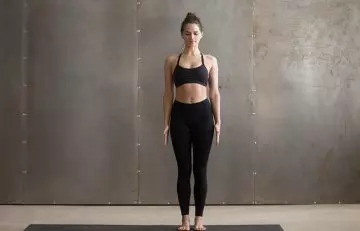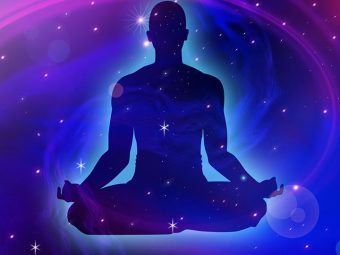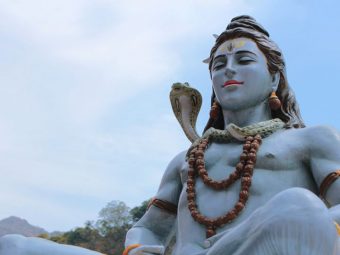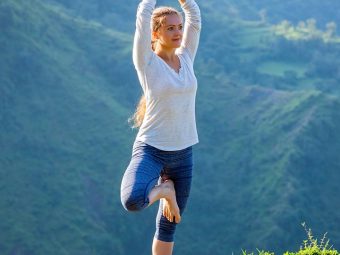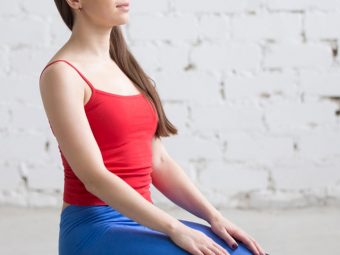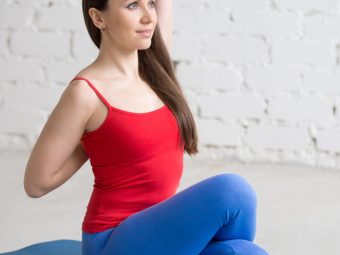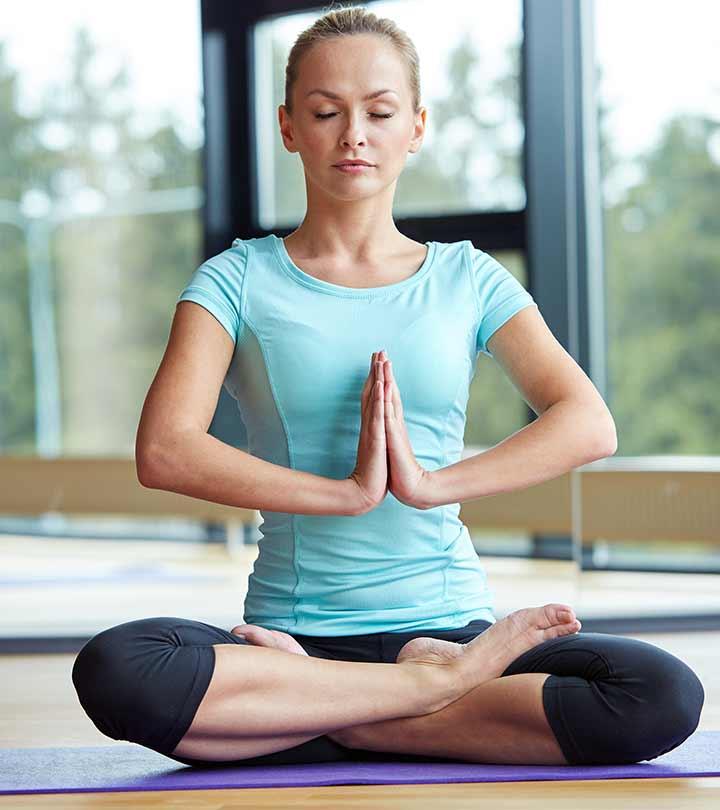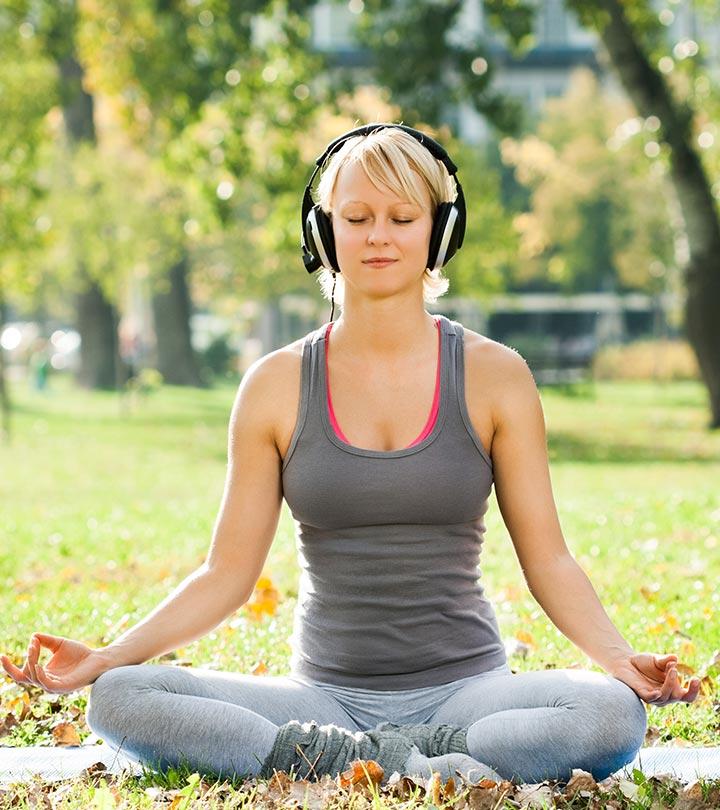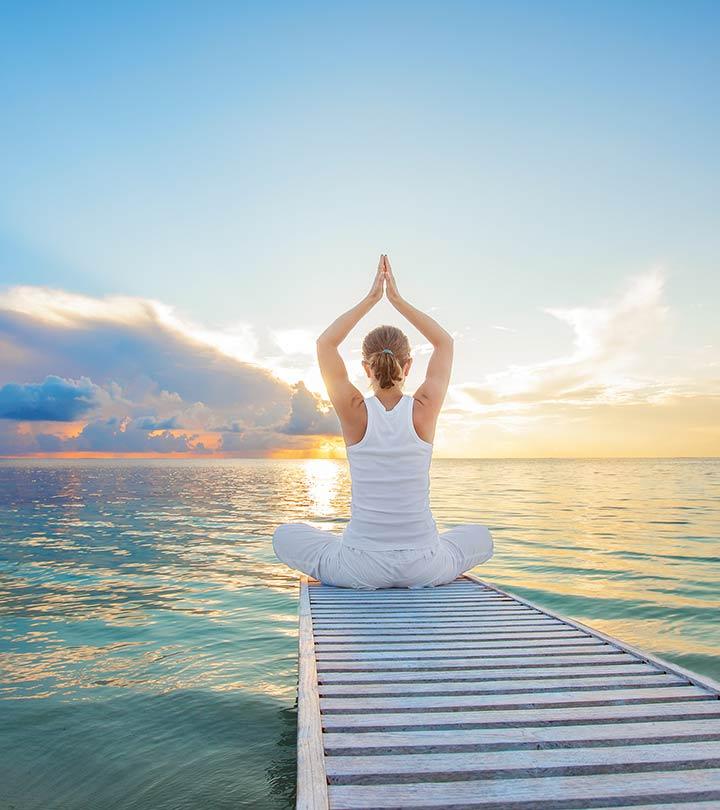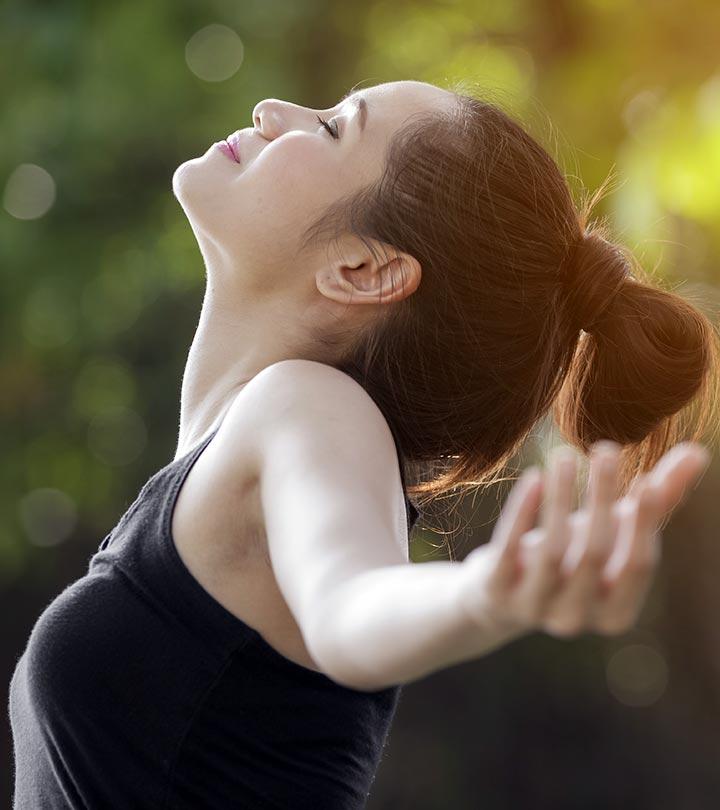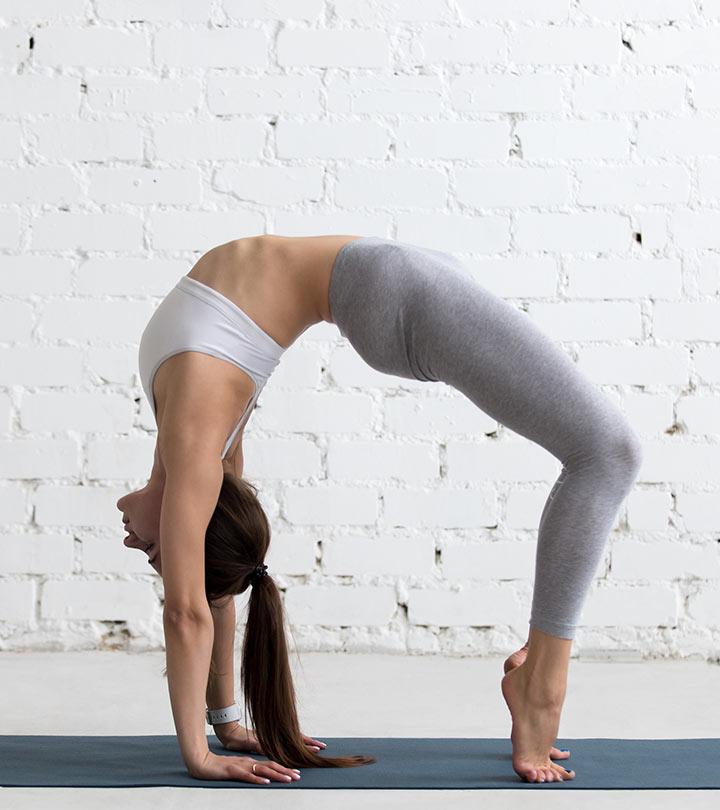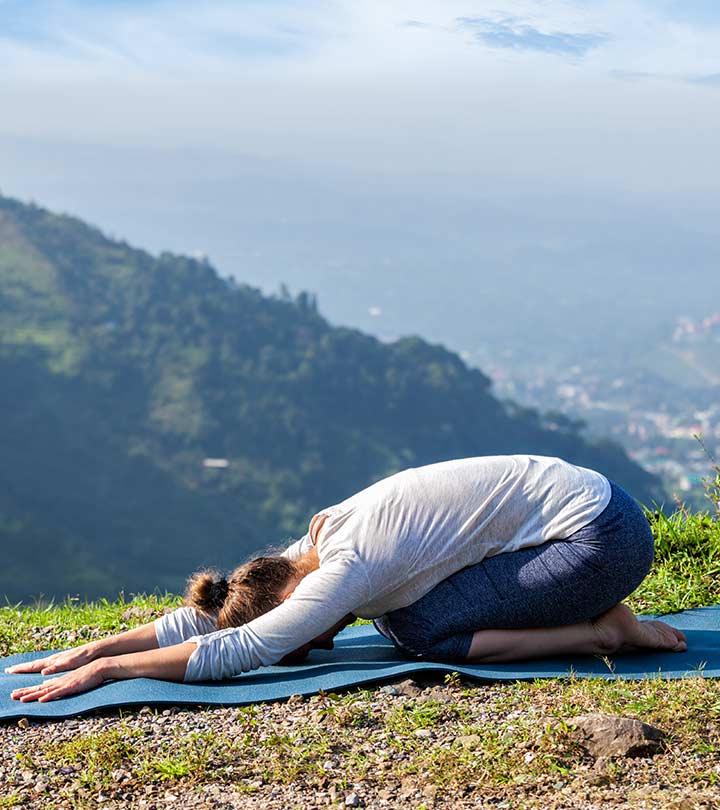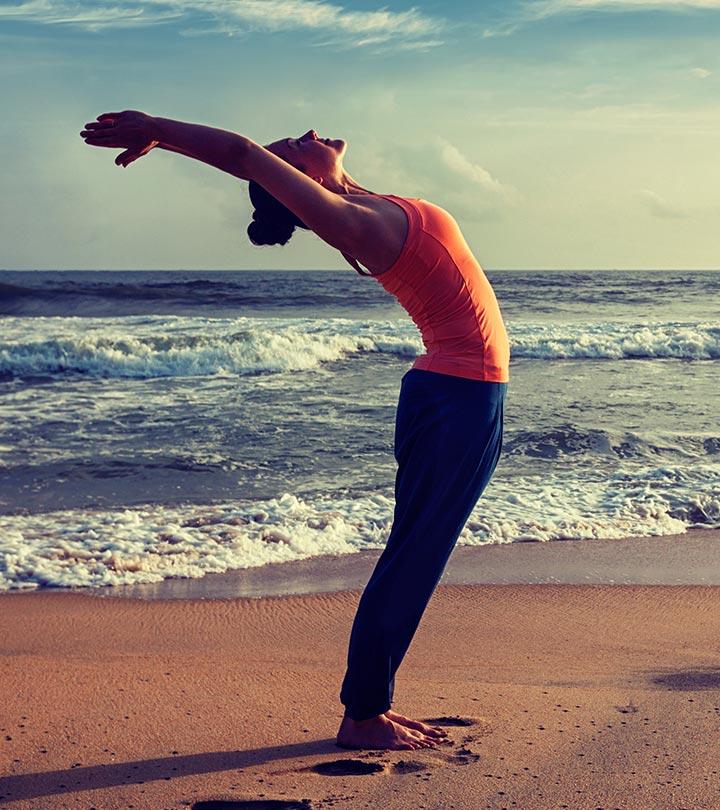How To Do The Natarajasana And What Are Its Benefits
Understand how this graceful pose can strengthen your body and the right way to perform it.
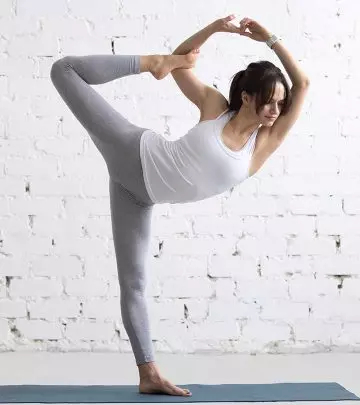
Image: Shutterstock
Natarajasana or Lord of the Dance Pose is a yoga asana (posture). Sanskrit: नटराजासन; Nata- Dance, Raja- King, Asana – Pose; Pronounced As – nut-ah-raj-AHS-anna
Here, we will be discussing the benefits of Natarajasana. Lord Shiva is known by numerous names, including Nataraja. According to Hindu scriptures, Lord Shiva expresses his passion for music, dance, and art via his dancing. If done correctly, this yoga pose resembles Lord Shiva’s dancing position. Take a look at all of the benefits this asana offers in this article.
In This Article
Everything You Need To Know About The Natarajasana
What You Should Know Before You Do This Asana
Like other asanas, this asana must also be practiced on an empty stomach. You must make it a point to have your meals four to six hours before the practice so that the food is digested, and there is increased energy to be expended. Also, make sure your bowels are empty before you practice.
Yoga must be practiced at dawn or dusk for best results.
Level: Intermediate
Style: Vinyasa
Duration: 15 to 30 seconds
Repetition: Once on each foot
Stretches: Shoulders, Thighs, Abdomen, Thorax, Groin
Strengthens: Legs, Ankles
How To Do Natarajasana
1. To begin with, stand in the Tadasana.
2. Breathe in, and lift your left foot, such that the heel is placed towards the left buttock and your knees are bent. Your entire body weight must be placed on your right foot.
3. Then, push the ball of the right thigh bone into the hip joint, and pull the kneecap up so that your standing leg is strong and straight.
4. Keep your torso upright. Grasp the left foot from the outside with the left hand. You must make sure your lower back is not compressed. So, make sure your pubis is lifted towards your navel. And as you do that, press your tailbone to the floor.
5. Begin to lift your left foot up, away from the floor and back, away from your torso. Extend the left thigh behind you and parallel to the floor. Your right arm must be stretched forward, such that it is parallel to the floor.
6. Hold this pose for about 15 to 30 seconds or 10 to 15 breathings. Release, and repeat on the other side.
Precautions And Contraindications
These are some points of caution you must keep in mind before you do this asana.
1. Avoid this asana at all costs if you have low blood pressure.
2. You could ask your instructor to help you gain balance when you begin practicing this asana. It is best that you consult a doctor before you do this asana.
3. Individuals with injuries to the legs, hips, back, or shoulders should avoid this pose, as it can exacerbate the condition.
4. Those experiencing vertigo or balance-related problems should refrain from attempting this pose to prevent falls and injuries.
5. Individuals with heart conditions or cardiovascular problems should also avoid intense backbends like Natarajasana to prevent strain on the heart and spine.
6. People with neck or shoulder injuries should be cautious, as the pose involves branding backward and holding the foot, which could cause muscle strain.
 Quick Tip
Quick TipBeginner’s Tip
As a beginner, you might have a tendency to cramp the back of your thigh. You must ensure that the ankle of the raised foot is flexed. For this, you must move the top of your foot closer to the shin.
Natarajasana Modifications
Natarajasana, or the Dancer Pose, can be challenging for many. So you can modify it by holding a chair or wall for balance, focusing on the leg lift. Alternatively, bend the lifted leg slightly, and instead of reaching back, hold your ankle with one hand. These modifications enhance stability, making the pose more accessible for beginners.
Advanced Pose Alteration
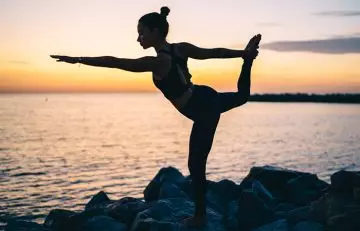
To deepen the pose, you could catch the inner part of your left foot with your right hand swept behind your back. Grab the outer edge of your left foot with your right hand. This is a more challenging stance and will increase your ability to balance better. This variation will raise your chest and give a deeper stretch to your shoulders.
Benefits Of The Natarajasana
These are some amazing benefits of Natarajasana pose.
1. Practicing this asana gives strength to your chest, ankles, hips, and legs.
2. This asana increases your metabolism and helps in weight loss.
3. It gives your groin, abdominal organs, and thighs a good stretch.
4. Your posture is improved, and balance is increased.
5. It leads to improve digestion.
6. You tend to focus more as this asana; hence, it leaves you with enhanced concentration which also brings you mental clarity.
7. Your body gains better flexibility.
8. Your hip flexors are opened up.
9. It improves your core stability.
10. Repeated practice of this asana brings stress relief and also leads to reduced anxiety.
According to a study published in PLOS ONE in February 2022, consistently practicing Natarajasana, among other yoga asanas, can help you lose weight. The randomized trial included 30 participants to follow a standard-behavioral weight loss (SBWL) program for 3 months, followed by either 12 weeks of yoga or 12 weeks of culinary and nutrition education classes, which served as the control (CON) condition. The result of the study showed that among those who lost ≥5% during the 3-month SBWL treatment, 6-month WL was 3.5% greater in yoga versus control. Check out the graph to know more.
Weight Change Over Time By Practicing Yoga
Source: A preliminary investigation of yoga as an intervention approach for improving long-term weight loss: A randomized trial Quick Tip
Quick TipThe Science Behind The Natarajasana
This asana is a beautiful combination of structure and movement, and it symbolizes the dance of the graceful Nataraja. It helps to make you strong, and opens up your mind and body, giving them so much grace and power. It is a deep backbend. As you bend and your body balances on one leg, you are constantly challenged. When you overcome the challenge, you attain a sense of peace and calm. This asana opens up the heart. It asks of us to be stable but at ease, dedicated, yet non-attached, engaged, yet at peace. When we are open to and accept both movement and structure, this asana helps draw a clear communication between our being and the teacher in the heart.
Preparatory Poses

Adho Mukha Vrksasana
Dhanurasanai XA bow pose that involves bending the back to stretch the abdomen, thigh, throat, and ankles.
Eka Pada Rajakapotasanai XAlso called the king pigeon pose, where one stretches their thighs, abdomen, neck, and shoulders to improve flexibility and reduce stress.
Gomukhasana
Hanumanasana
Supta Virasana
Supta Padangusthasana
Urdhva Dhanurasana
Ustrasanai XAlso called camel pose, where one lies on their stomach and grasps their ankles by bending backward to strengthen their back.
Uttanasanai XA standing pose where one bends forward to grasp their toes, thereby stretching their knees and thighs for better flexibility.
Virabhadrasana III
Virabhadrasana I
Virasanai XA kneeling yoga pose where one stretches the knees and thighs to relieve muscle pain and enhance their digestive functioning.
Vrksasana
Follow-Up Poses
This asana is one of the last asanas in the backbend series. But to give your spine comfort and relief, you could do the Ardha Uttanasana after you have practiced this one.
This asana is a beautiful posture dedicated to Lord Shiva, who is said to be the master of time, the source of Yoga, and the cosmic rhythm of life.
Infographic: How To Do Natarajasana And Benefits
If you have even a slight interest in yoga, you must have at least heard about the amazing pose called Natarajasana. It is an excellent stretching exercise that provides strength and flexibility. However, it is not an easy pose, and you have to master it gradually. Check out the infographic below to find out how to perfectly nail this fantastic pose and what its advantages are.

Illustration: StyleCraze Design Team
Natarajasana is a lovely combination of structure and movement that represents Nataraja’s graceful dance. The chest, ankles, hips, and legs benefit from this asana. It should be done either first thing in the morning or six hours after eating. This asana must be done with an empty stomach and bowels. Natrajasana strengthens and opens up your mind and body to a spiritual connection and empowers you with grace and power. You are continually challenged as you bend and balance your body on one leg. However, you achieve a sense of peace and calm when you accomplish the task and gain increased self-awareness. Follow the steps outlined above to prepare for Natarajasana and reap its great benefits.
Frequently Asked Questions
How can Natarajasana be improved?
Natarajasana can be difficult for beginners. However, with continuous attempts, you will undoubtedly ace it. Make sure to do warm-ups and breathing exercises before attempting the Natarajasana pose for improved respiratory function.
Can Natarajasana be modified for people with injuries or physical limitations?
Yes. You can use the wall, a chair, or another person to support you while you perform this asana. You can also restrict your movements and lift your legs to your sides instead of above your shoulders.
How often should one practice Natarajasana to see the benefits?
Depending on your fitness level and comfort, you can practice it daily or 2-3 times a week to observe noticeable changes.
What are the benefits of Natarajasana for the respiratory system?
According to anecdotal records, Natarajasana may help improve your lung capacity, increase the flexibility of your diaphragm, ease your breathing, and boost the oxygenation rate of the blood.
Key Takeaways
- The Natarajasana yoga can give your lower body a good stretch. It also strengthens your chest, hip and leg muscles.
- Frequent practice of this asana can improve one’s focus and reduce stress.
- This asana is a great way to improve one’s digestion.
- The Natarajasana yoga should not be performed if you are suffering from low blood pressure.
Learn how to do the dancer pose correctly with a simple tutorial. Perfect for beginners, this video will help you find balance and peace in your mind, body, and soul. Check it out!






